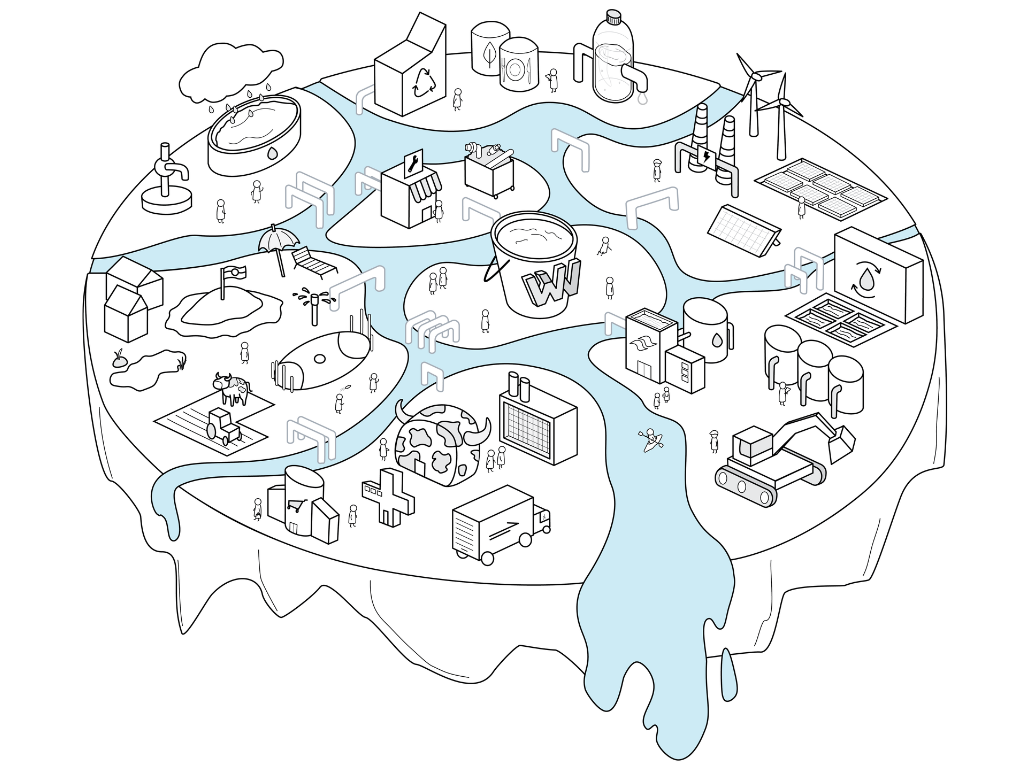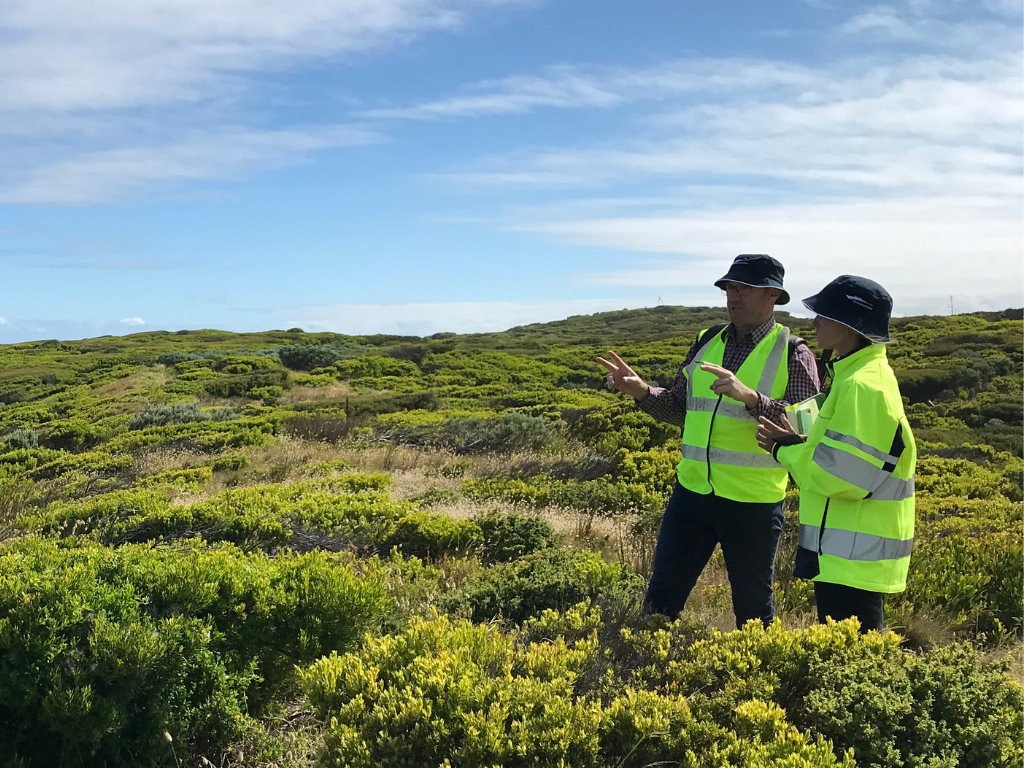National Student Space Challenge Program Design
The Australian Space Agency, founded in 2017, has a goal to create an additional 20,000 jobs in the space sector by the year 2030. To develop this future pipeline of skilled graduates in the STEM field, we were engaged to research and design the operating model for a new program to be called the National Student Space Challenge, ran by the Agency. By researching and interviewing the hosts and participants of existing student challenges and engaging with stakeholders across the Australian space industry and education sector, we developed a comprehensive platform of research insights and recommendations for student and industry engagement. Three operating models were designed and presented to the Agency to implement and operate the Challenge from the years 2023-2027.
The challenge
In February 2022, the Australian Space Agency announced $3.5m in funding for a National Student Space Challenge from 2023-2027 as an initiative to inspire the future space workforce and work towards the Agency’s goal to create an additional 20,000 jobs in the space sector by the year 2030. The Challenge would be to target secondary and tertiary students by fostering STEM education through the prism of space, and increase the inclusion of underrepresented students in the space sector, such as women, Indigenous Australians, students with disability, and those from rural and regional areas.
While the Agency did provide token support to a number of space-related student activities being run across the country, the National Student Space Challenge is the first student competition being operated by the Agency. ThinkPlace was engaged to conduct a scoping study into the existing landscape of student challenges and interview stakeholders to inform the design of three operating models to be presented to the Agency to conduct Phase 2 – the implementation of the program with a partner organisation.
Our response
ThinkPlace conducted a broad literature review of the challenges advised by the Agency, along with additional relevant STEM education and outreach programs identified by ThinkPlace to be investigated. We conducted a total of 48 semi-structured interviews with stakeholders across the space industry, education, academia, and the participants and hosts of existing student competitions in order to understand how a Challenge can meet the needs of stakeholders, and what we can learn from existing challenges operating locally and overseas. Representatives from the Agency attended many of these interviews as a way of building capability and learning within the organisation.
We utilised the insights to create a definition of “best practice” for the design of a Challenge. These were showcased with teams across the core team and the wider Agency as part of the iterative design & research project. We used the ThinkPlace “Four Layers of Service Design” model to determine what defines an operating model for a challenge and what factors will need to be considered by the Agency to design and operate their own program. The insights were used to inform the development of total seven prototype models, which were refined over time through co-design workshops with various divisions of the Agency and by re-engaging a number of stakeholders across education, research, and industry.
Our impact
ThinkPlace presented a comprehensive assessment of the current challenge landscape and sentiment from industry, research, and student stakeholders on what they want to see from a Challenge. Our research recommended the Agency adopt a holistic plan for inspiration, education, and workforce development, following models of governance used in the European Space Agency (ESA), among others, with an education-first division, rather than being technology-first. The Agency was found to be disjointed in the way it conducts workforce strategy as separate from early education, and with no significant activities or initiatives spearheaded by the Agency to engage secondary and tertiary students.
The final three operating model options were chosen to be varied by the way the Agency chooses to prioritise the outcomes of the Challenge. The work allowed the Agency to understand the limitations of their budget and where they will be required to compromise on their program on technical depth, audience size & diversity, and program reach. Validated by stakeholders, it was recommended to the Agency to, over time, offer a multitude of activities to suit this variety of audiences, rather than to attempt to accommodate all potential student groups under a single “national” program from the start.
The Applied Challenge Model is inclusion-driven, focused on broadening participation in the space economy. Students develop a proposal for how space-derived data and information can create benefits for the community, in turn connecting with how space can be relevant to everyday life.
The Payload Challenge Model focuses on unlocking the potential of technically-oriented students, by giving them the opportunity to design, engineer and launch a payload into space.
The Industry-Led Challenge Model uses industry collaboration to connect students with industry leading experts/companies, in turn helping to develop their space-relevant skills on real-world challenges.







